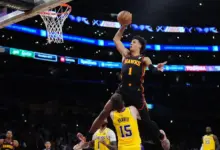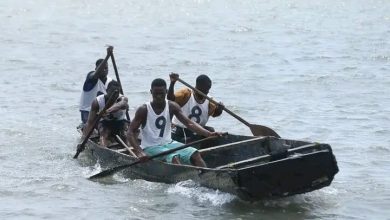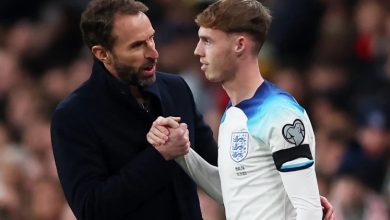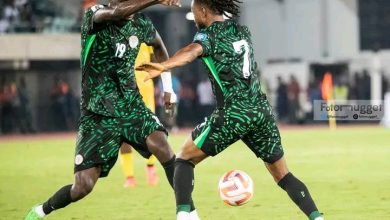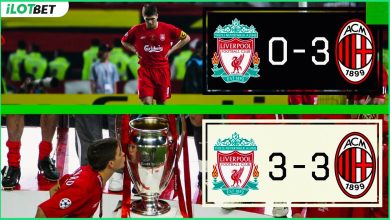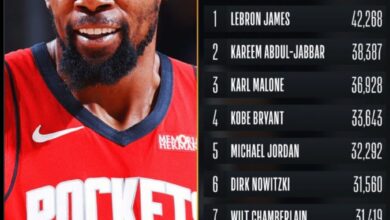Kevin Durant may never be the same again – Achilles specialist
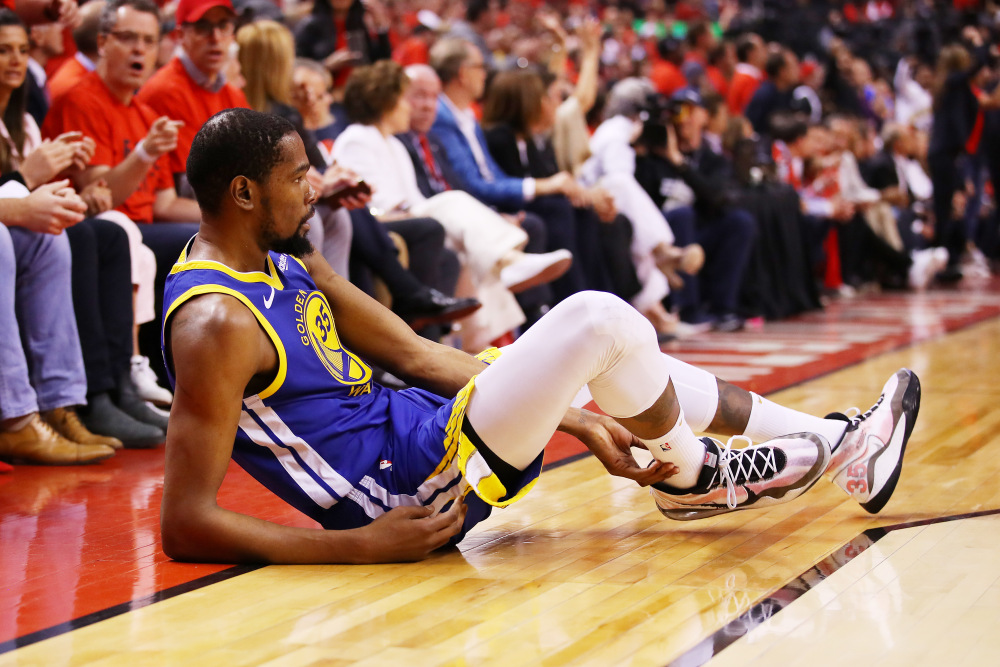
Kevin Durant may never be the player he was after rupturing his Achilles and it was “a disaster” to allow him to play just 32 days after suffering a calf injury, according to a specialist.
Golden State Warriors star Durant confirmed on Instagram on Wednesday he had undergone successful surgery, having torn his Achilles in Game 5 of the NBA Finals against the Toronto Raptors earlier this week.
The 30-year-old, a 10-time All-Star who was named Finals MVP in both of the Warriors’ championship victories in 2017 and 2018, was making his comeback from a calf problem he sustained against the Houston Rockets last month, and former MVP Charles Barkley was among those to criticise the Warriors for rushing Durant back.
Doctor Babak Baravarian, a foot and ankle specialist based in California who serves as a consultant to the ATP Tour, admitted he was surprised to see Durant on the court again so soon after his initial injury.
“What happens is he has an inflammatory process from his initial injury and he also doesn’t have a good firing calf muscle because of the previous injury, so the soleus is maybe hyperextended or overworked and it causes the extra strain that cause the Achilles to tear,” he explained to Omnisport.
“Normally when we deal with a college athlete or an elite athlete this is a 90-day recovery [from the initial injury].
“I don’t know the level of damage he had from his initial injury but you’re not talking about getting back to normal walking or shooting, you’re talking about explosive-type exercise. That to me is a 90-day recovery – 30 days is still during a major inflammatory process, and 30 days is still during the very early healing process. That calf muscle healing, tendon healing is minimum about 60 days.
“I don’t know who brought him back but I think it was way too early. When you’re dealing with a player the calibre of Kevin Durant, with the longevity of his career being at stake, and the fact you’re possibly going to cause an MVP-level player to not be able to play, this is a disaster.”View this post on Instagram
A post shared by 35 (@easymoneysniper) on Jun 12, 2019 at 12:54pm PDT
Durant was expected to pass on his option to remain with the Warriors next season and become the most attractive free agent on the market.
However, Dr Baravarian has warned that the severity of the injury means Durant might not be the same player when he returns.
“You can get back to an elite level but normally you’re a half-step slower, maybe slightly less able to jump to the same level you were and you’re a little bit less explosive,” he said.
“When you’re talking about an athlete at the peak level as Kevin Durant is, that half-step, that inch less jump, can be a difference in whether you’re elite level or just a good level.
“If you’re talking about a ‘Weekend Warrior’, they get back to the level they were. If you’re talking about a high-school athlete or a regular athlete, they get back to the level they were.
“Once you get to that elite college level it’s like 98, 97 per cent. Once you get to the pros, I think, if you’re lucky, you get to 95 per cent.
“A guy who is number one and a freak of nature and all of a sudden he becomes five per cent less… that can become somewhat significant in the overall game.
“A guy can still be a phenomenal player because he understands the game so well. Kevin Durant’s wingspan is ridiculous, his height is ridiculous for his position. I still think he’s going to be able to be an elite player but he may not be at that level that he was.”
Sending our best wishes your way @KDTrey5. We know you will return to the game stronger than ever. #USABfamily pic.twitter.com/TRG1Zd2FR9— USA Basketball (@usabasketball) June 12, 2019
Durant’s current team-mate DeMarcus Cousins missed an entire year with a torn Achilles he suffered while playing with the New Orleans Pelicans in 2018.
And Dr Baravarian does not expect Durant to be a major factor next season, even if he makes a speedy recovery.
“The surgical process is somewhere around four weeks of purely casted, no weight-bearing, then it’s probably another four weeks in a boot with minor physiotherapy,” he added.
“At around three months you start to do light exercise such as biking, mild muscle strengthening, and then you’ve got to let that Achilles have a chance to become super solid because you don’t want it to stretch out.
“If he has a very, very quick recovery maybe around the All-Star Game [in February] he’d start to play. I think chances are even if he comes back and plays the next season, he’s going to be very limited.”

